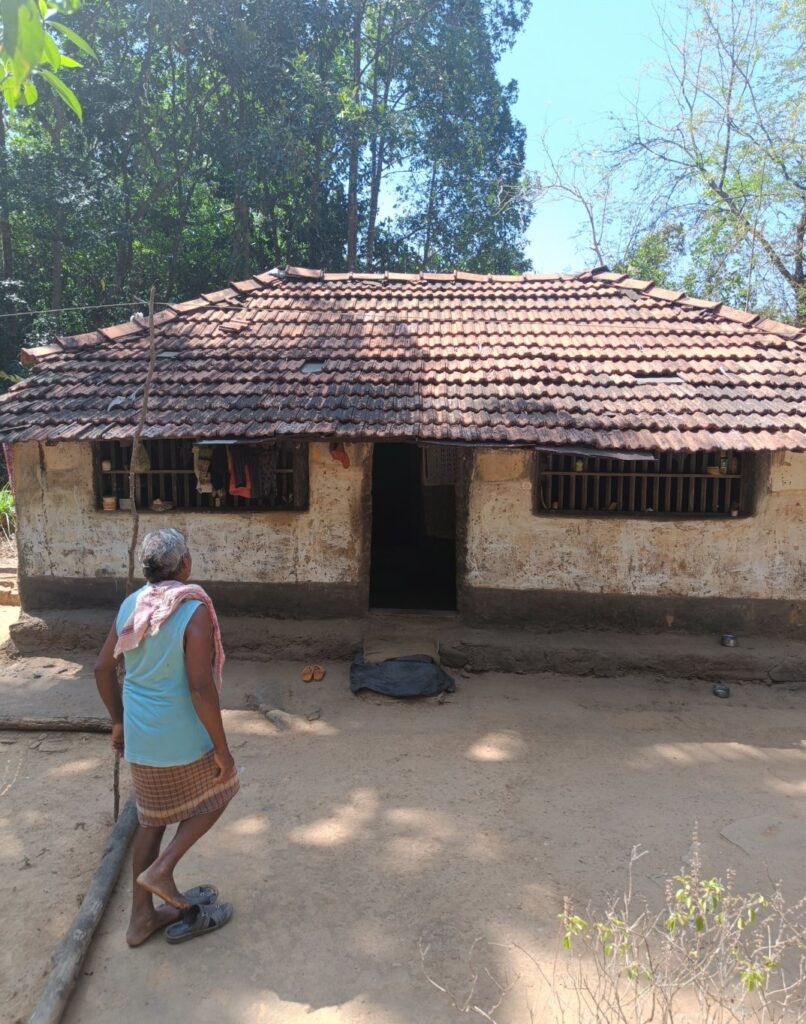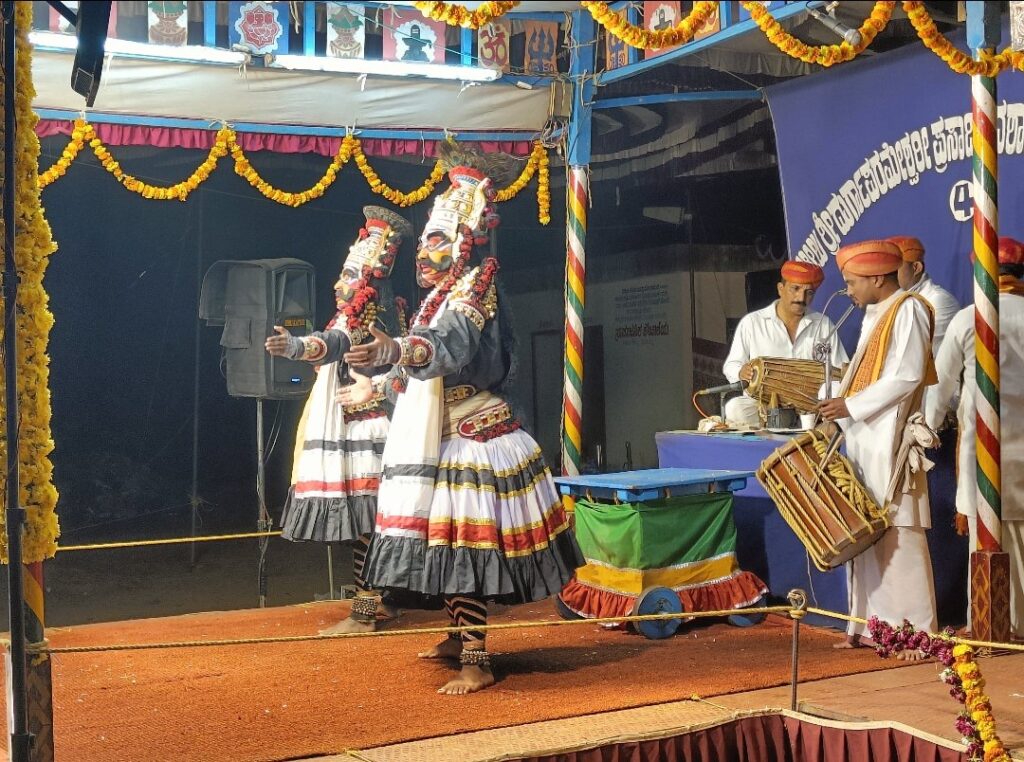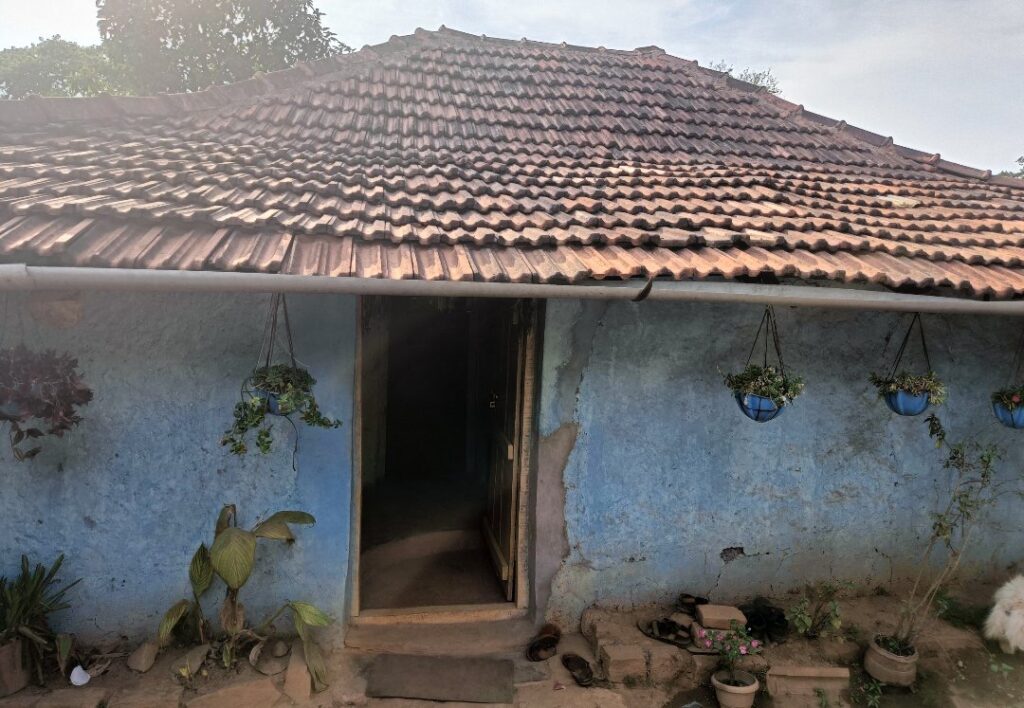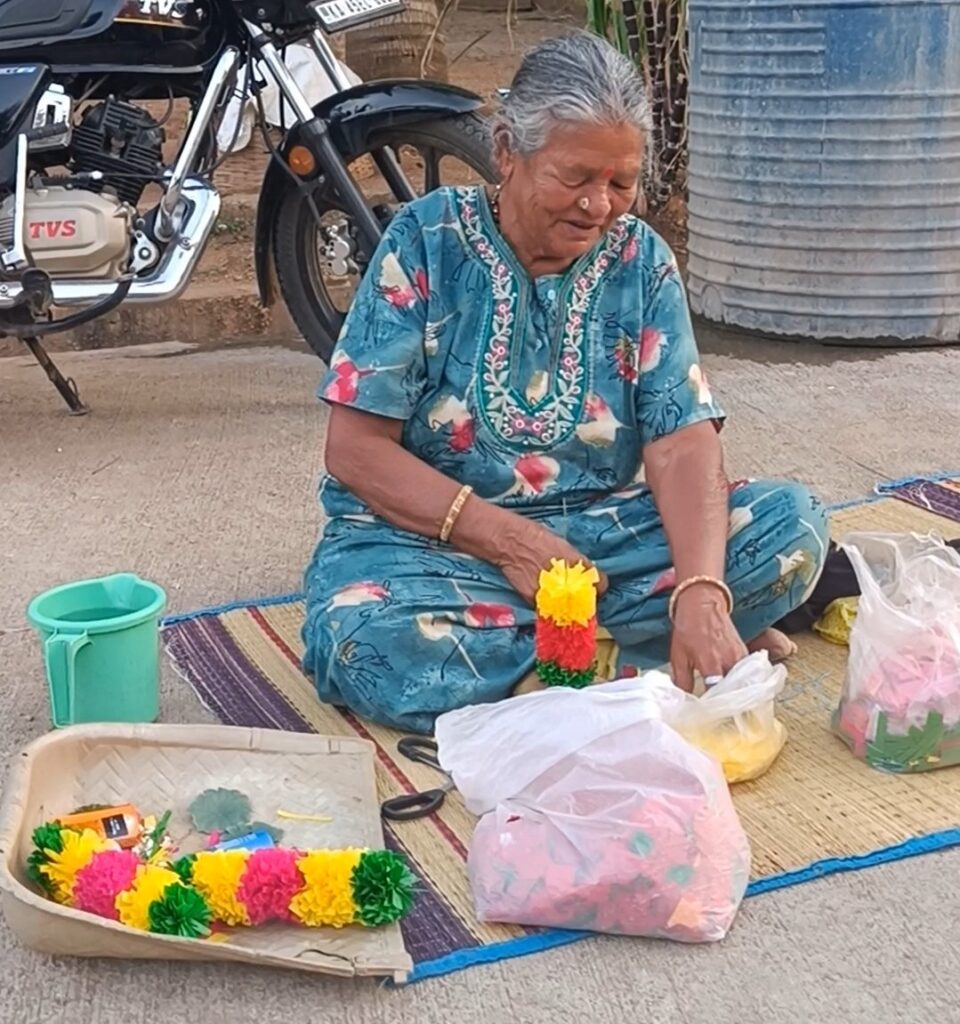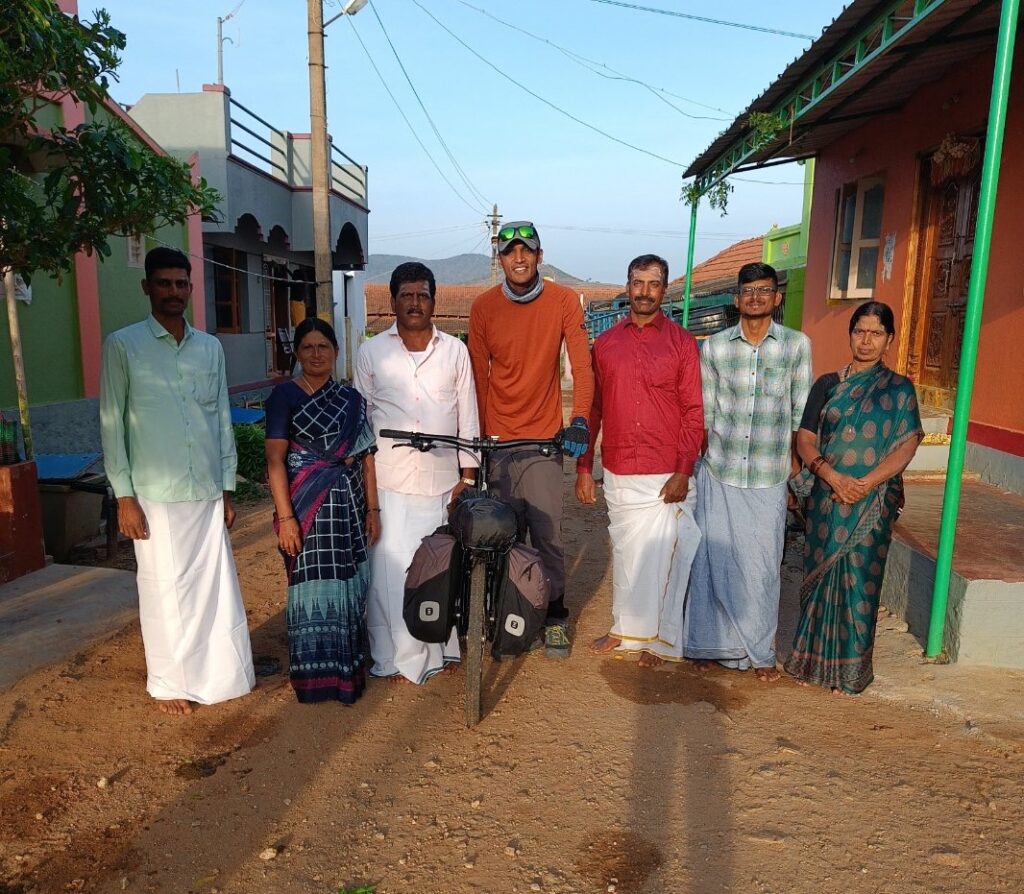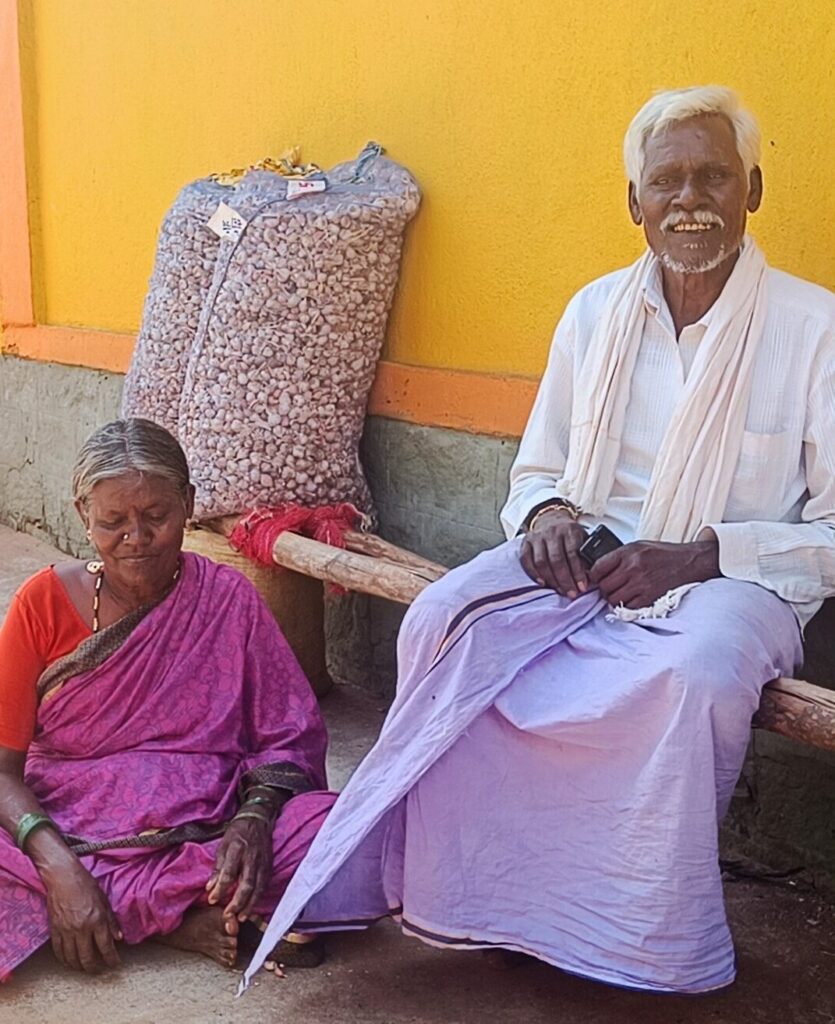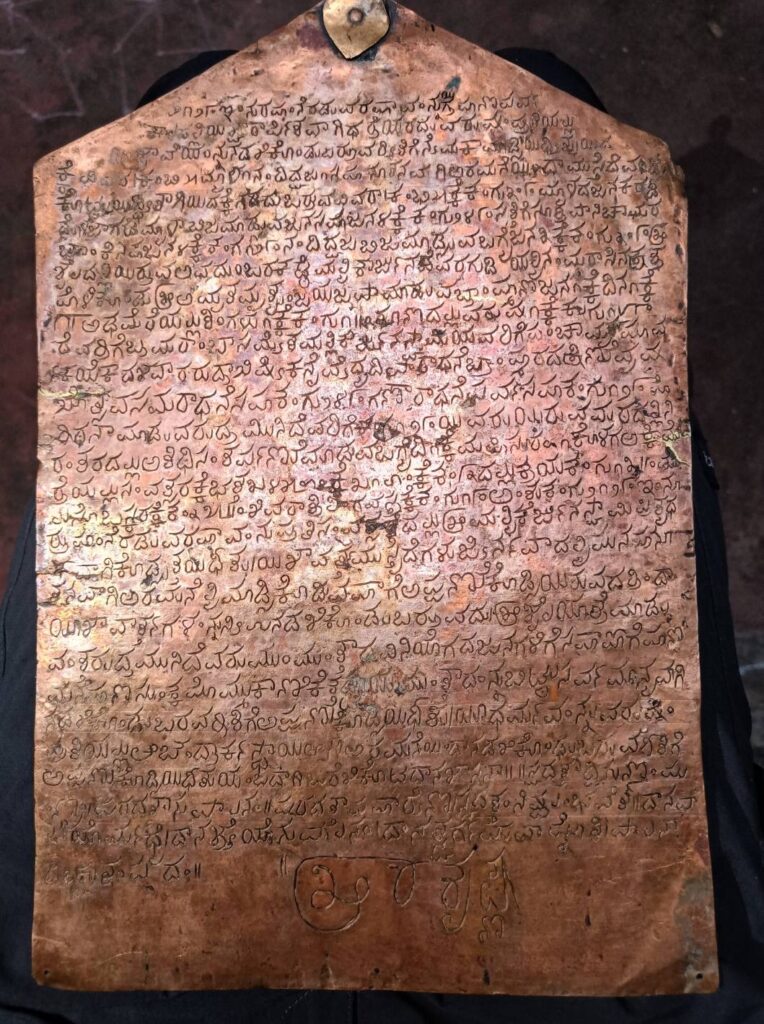How is the life of a rural Udupi-based cook?
The first thing that comes to the mind of people when we speak about Udupi is the chain of restaurants that are located all around Karnataka and even outside. Famously called Udupi Bhattaru (Udupi cooks), these people are known for their ability to cook tasty food.
If you have lived in Bangalore, you will know by now that there are countless Udupi-based restaurants in the city. The chefs and cooks for all these restaurants come from remote places in the Udupi district to make a living.
How is the life of a rural Udupi-based cook? Read More »
